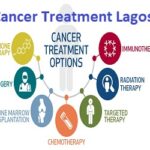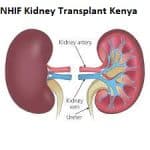Radiation therapy in Kenya
Radiation therapy is given to cancer patients at some point during their illness in roughly half of all instances, accounting for 40% of all curative cancer therapies in Kenya. Because of technology improvements and findings from cancer research, it is now clear that radiation therapy can be used to treat cancer patients. If you’re looking for radiation therapy in Kenya, we’ve got you covered. You can learn more about what it is, how much it costs, as well as the best hospitals and specialists to receive cancer treatment in Kenya. So keep reading till the end.
What is Radiation Therapy?
One of the most important cancer therapies is radiation therapy. High-energy radio waves, like gamma rays, electron beams, or protons, are used in this therapy to kill malignant cells and stop them from proliferating.
Normal cells typically divide to create new cells, however malignant cells expand and divide more quickly to produce solid tumors.
Radiation is used in this context. The purpose of radiation therapy is to shrink and damage the cancer cells’ DNA. As a result, the malignant cells cease reproducing and developing, which ultimately causes them to die.
Radiation therapy has been proven helpful in treating a variety of malignant illnesses, including those affecting the liver, bone, breast, brain, stomach, and skin, to name a few. Additionally, it is possible to treat benign disorders where tumor growth is not cancerous, including goiter, spurs, several excruciating and inflammatory diseases of the joints including bursitis and tendonitis, blood diseases, skin diseases, and benign brain tumors.
Although it is occasionally the only therapy offered, radiation therapy is frequently combined with other cancer therapies including chemotherapy and surgery.







